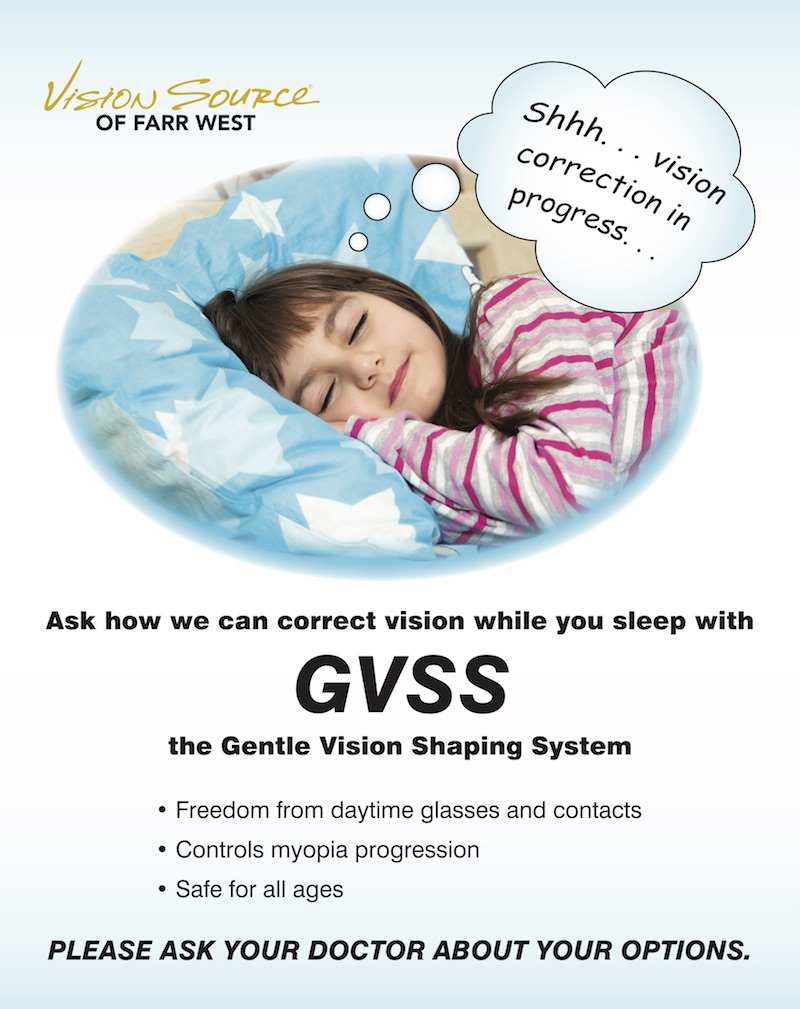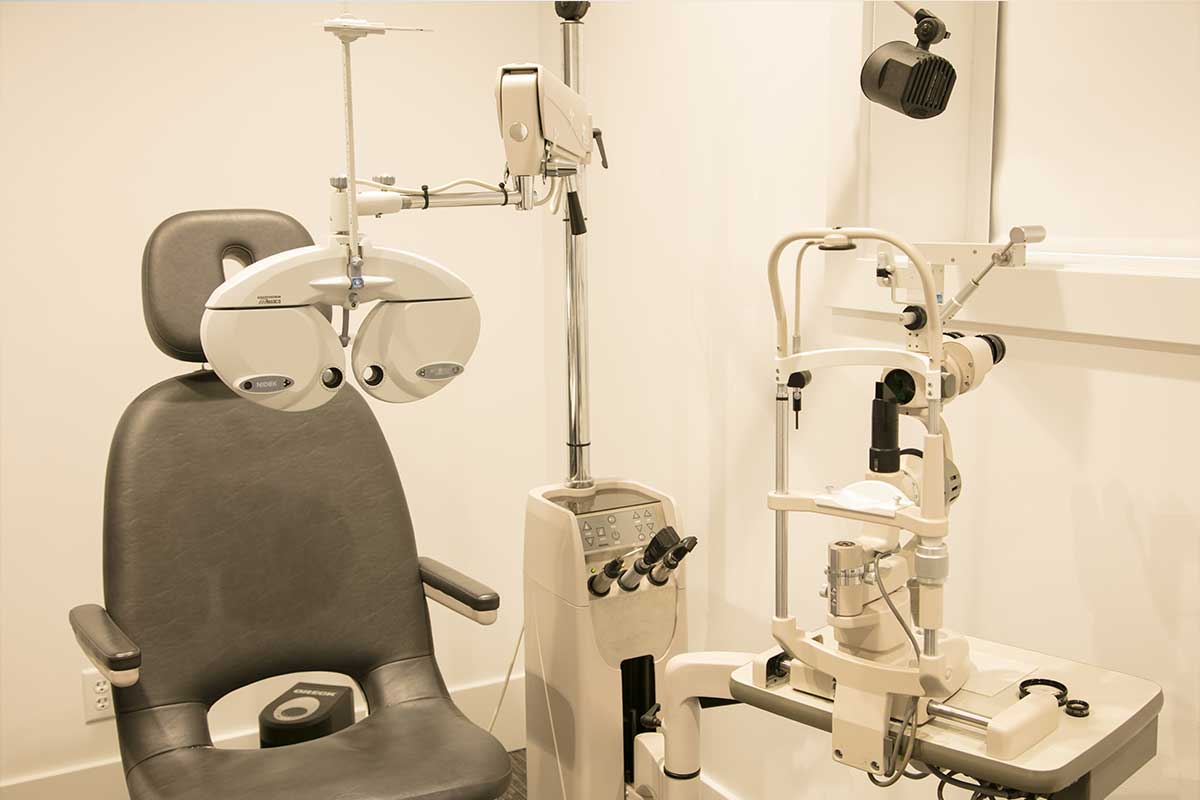Myopia Management
 Thank you for your interest in the Myopia Management Clinic at Vision Source of Farr West. Myopia (nearsightedness) is the most common cause of correctable visual impairment in both adults and children. We are seeing increases in myopia incidence and progression at alarming rates. In the 1970’s only 25% of the U.S. population had myopia. That number is well over 50% today and still rising. Additionally, we are seeing the amount of myopia a child may develop is much greater than in previous generations. Causes of these trends are still not entirely known, but we do know that there are environmental factors (smart phone use, school study, screen time, lack of outdoor play time, etc.) as well as genetic factors (i.e. myopic parents.)
Thank you for your interest in the Myopia Management Clinic at Vision Source of Farr West. Myopia (nearsightedness) is the most common cause of correctable visual impairment in both adults and children. We are seeing increases in myopia incidence and progression at alarming rates. In the 1970’s only 25% of the U.S. population had myopia. That number is well over 50% today and still rising. Additionally, we are seeing the amount of myopia a child may develop is much greater than in previous generations. Causes of these trends are still not entirely known, but we do know that there are environmental factors (smart phone use, school study, screen time, lack of outdoor play time, etc.) as well as genetic factors (i.e. myopic parents.)
Children especially preteen and teenagers that are at risk for progressive myopia have a much higher chance to develop vision threatening eye diseases as they age such as retinal detachment, glaucoma and cataracts to name a few.
We are so pleased to report that there are now ways of slowing or stopping your child’s myopia progression. We take into account a number of factors in deciding what will be best for your child’s vision and eye health. Several myopia management tests are now included in our annual pediatric vision exams and are performed at no extra cost.
One treatment option, the Gentle Vision Shaping System (GVSS) is FDA approved for non-surgical correction of myopia and can also be used off-label for the management of myopia progression. GVSS allows for excellent vision during the day without glasses or daytime contact lens, which is great for active children. Alternatives to GVSS include atropine drop therapy which has also been shown to slow down myopia progression, but does require the continual use of glasses. Atropine therapy is often considered if GVSS is not an option due to age or maturity of the child.
Myopia management is relatively new and some doctors that have not had a lot of experience with these new treatment options may continue to prescribe standard glasses and contact lenses letting your child’s vision continue to worsen each year. I have referenced a few studies that show the results of myopia management and its benefits long term and have included a copy of one important study for your review.
I look forward to working together with you to provide your child the very best vision correction. I am confident that the intervention we make today will make a big difference in the future. Please don’t hesitate to reach out to me with further questions.
Ian Whipple, OD
Frequently Asked Questions
What Risks are Associated With Myopia?
- 4 x increased risk of glaucoma in myopia
- 2-5 x increased risk of cataract in myopia
- 4-16 x increased risk of retinal detachment in myopia
What Is My Specific Risk of Developing Disease Due To Myopia?
- Patients with myopia have a risk of 1 in 20 of developing retinal detachment. 1 in 24 will develop glaucoma.
Who Gets Myopia?
- High myopia tends to be inherited. Children of myopic parents tend to be more myopic, but there are also environmental factors such as digital device use (iPads, mobile phones, etc.) which contribute to our myopia epidemic.
- Current eye prescription. A 6-7 year old child who has a prescription of +0.75 or less is much more likely to develop myopia in the future.
- Length of the eye. At Vision Source of Farr West we measure the length of the eye at pediatric eye exams at no additional cost. Longer eyes will become more myopic than shorter eyes. This measurement is unique to our clinic and to our knowledge is not routinely performed at any other optometry office in Utah.
How Effective is Myopia Management?
- GVSS lenses are found to have a control effect of 63% over 2 years. That is, a patient who would have developed a prescription of -5.75 on average in a recent study only developed a prescription of -4.00 while wearing GVSS lenses.
- Atropine therapy showed a 64% control effect according to a 2012 study. This results in similar results compared to GVSS lens use.
What Do I Need To Do Next?
- Myopia management starts with a comprehensive eye examination. We recommend Eye examinations start as early as possible.
- Infant exams between 6-12 months are recommended
- Comprehensive eye examinations for ALL CHILDREN should begin between ages 3-4 and any grade school child who hasn’t yet had a full eye exam from an optometrist is due.
- We will consult with children and parents about specific risk of myopia and discuss your options.
To learn more or to set up an appointment, call Vision Source of Farr West today.





